Bulletin boards, sign-up sheets and empty seats line the walls of the People’s Music School in Chicago’s Uptown neighborhood. The sound of a single trumpet student practicing his scales filled the otherwise quiet hallways.
It was 2:30 p.m. on a Wednesday, and soon the halls would be filled with students coming from their normal day of classes. Bri Dorgan, the People’s Music School marketing associate, warned that it was about to get very loud.
“It’s a really special place,” Dorgan said. “I’ve never seen anything else like it.”
Uptown has become a centerpiece for Chicago youth artistic expression through an abundance of community art and music programs. The People’s Music School is just one of the many that provide art opportunities for students free of charge. Programs like hip-hop poetry group Kuumba Lynx and the Black Ensemble Theater also fill in the gaps left behind by Chicago Public Schools art programs.
“I think [Uptown] is a gem that has activities and opportunities for youth,” said Angela Clay, who was a candidate in the recent aldermanic race for Uptown’s 46th Ward. Her family has lived in Uptown for over 80 years and she is a graduate of the social justice-focused Uplift Community High School.
Clay is an advocate for Kuumba Lynx, a non-profit urban arts youth development program based out of Uplift Community High School known for its performance art, dance, visual art, hip-hop and poetry programs. Clay said the political aspects of the program set it apart from anything that could be provided by the public school system.
Darius Parker, the director of operations of Kuumba Lynx, said the organization helps its students become critical thinkers who are able to question what they have been taught through a traditional, “western” education. Students coming out of Kuumba Lynx leave with award-winning performance skills as well as ways to deal with life at home and outside of school.
Kuumba Lynx provides a space for students to discuss difficult topics like police brutality, racism and consent culture —topics that their public school teachers could be wary of covering.
“We have to talk about John Burge’s torture,” Parker said. “We have to talk about Trayvon Martin because it deals with black and brown youth who are marginalized who are living in these communities who are affected by this everyday.”
Access to arts education has improved in recent years in Chicago Public Schools. According to Ingenuity’s State of the Arts report for 2016 and 2017, the percentage of schools rated strong or excelling in the arts increased from 29% in 2013 to 66% in 2017.
A survey conducted by Americans for the Arts found that a majority of Americans consider the arts an important part of K-12 education, and 83% of respondents agreed that the arts were important in students’ lives outside of the classroom and a way to be involved in their communities.
Clay was a co-founder of Voices of Chicago Youth in Education while in high school. The organization in 2008 was focused on determining the cause of the city’s 50% drop-out rate. She said that the lack of arts in the school system was always part of the discussion.
“We always found that students were just looking for their niche,” Clay said. “ They would never find it because they were poets, or they were writers or filmmakers, and that’s just not included in our public high schools.”
Parker argued that students do better in their academic classes if they are also provided with artistic outlets scheduled into their day. “I feel like arts education has been like an option and it should be a definite part of core curriculum,” he said.
Zain Bullie, an Uplift Community High School teacher, said the Uplift school environment, culture and student behavior improves when arts are an integral part of the school day. He said he was excited to learn that Kuumba Lynx would be brought back into the building in a partnership with the school.
Uplift Community High School was one of the 20 CPS schools awarded the Sustainable Community Schools Initiative grant making more art programs possible during the school day.
“The positivity, the love, the high energy the vibrant energy that Kuumba Lynx has brought to Uplift is really in the process of transforming the school,” Bullie said, noting that artists become leaders at Uplift.
He said Uplift was in its prime when artists, especially poets, populated the school.
“Our culture in our school was kind of dictated by those artists who also had this critical consciousness and they spoke out against injustice,” Bullie said. “I feel like artists lead the revolution.”

There are also young artists at the People’s Music School, which was established in 1976 and provides a tuition-free arts education to 850 students across the city. The school started with their Uptown Academy and branched out to include Back-of-the-Yards and the greater South Side.
“Music education isn’t always given enough credit,” Dorgan said. “What our focus is here — besides building great musicians — is helping them build a toolkit that will help them be successful in all areas of life and really grow and develop as people.”
Dorgan said the program helps students to find a support network and connect with students throughout the city. Their SLAM program provides opportunities for students to mentor each other and develop life skills outside of music.
Christian Luciano, 21, is a graduate of the People’s Music School and is now studying computer science at Northwestern University. He is still involved at the school and said he actively tries to be a role model for current students.
Luciano started out in the program in elementary school taking music and theory courses and later moved in the the SLAM mentorship program in high school. He said the People’s Music School developed more than just his musical talent. He learned how to collaborate and communicate effectively with others through the program.
Luciano said that Chicago communities should invest in local art programs. “It just takes away the worries from kids’ minds,” he said. “It’s a great place to just build a community and meet new people.”
The People’s Music School puts on community concerts and other events in the neighborhood.
“Beyond becoming a great musician, we are really working to help these kids access all of their strengths and talents and use them to become the future leaders of the city,” Dorgan said.
Uptown has a rich history of being an artistic hub in Chicago. Clubs like the Green Mill and theaters like the Riviera and the soon to be revived Uptown Theater made the neighborhood a destination for nightlife seekers dating back to the 1920s. Today, the arts survive in the neighborhood, but they fight to serve the youth instead of entertain the elite.
“Art is a form of therapy, and a lot of what our students are facing today, especially in Chicago, is post-traumatic stress disorder,” Clay said. “A lot of times the only outlet that they have is a program like Kuumba Lynx where it’s inclusive, and it’s people from all across the city and all different walks of life who actually care about them.”


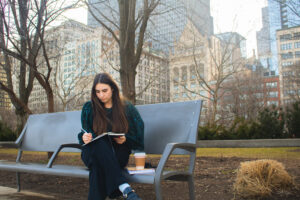
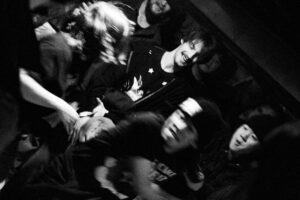
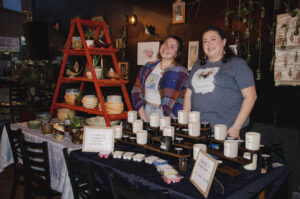
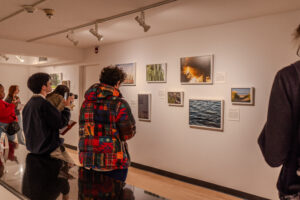
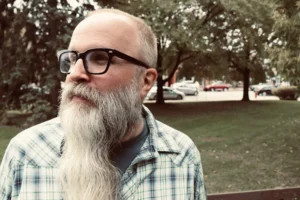

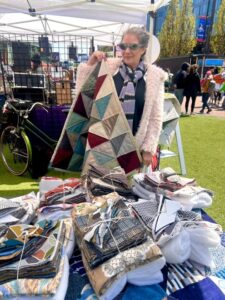
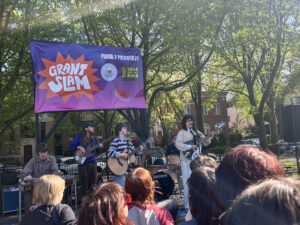

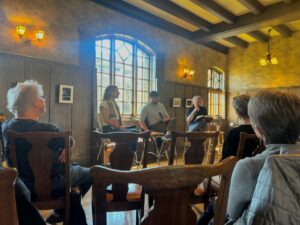
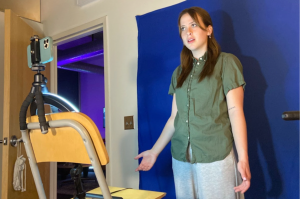
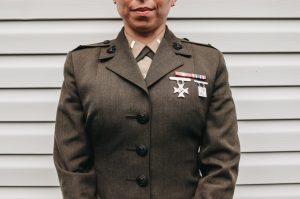


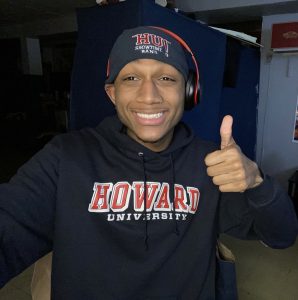
Be First to Comment